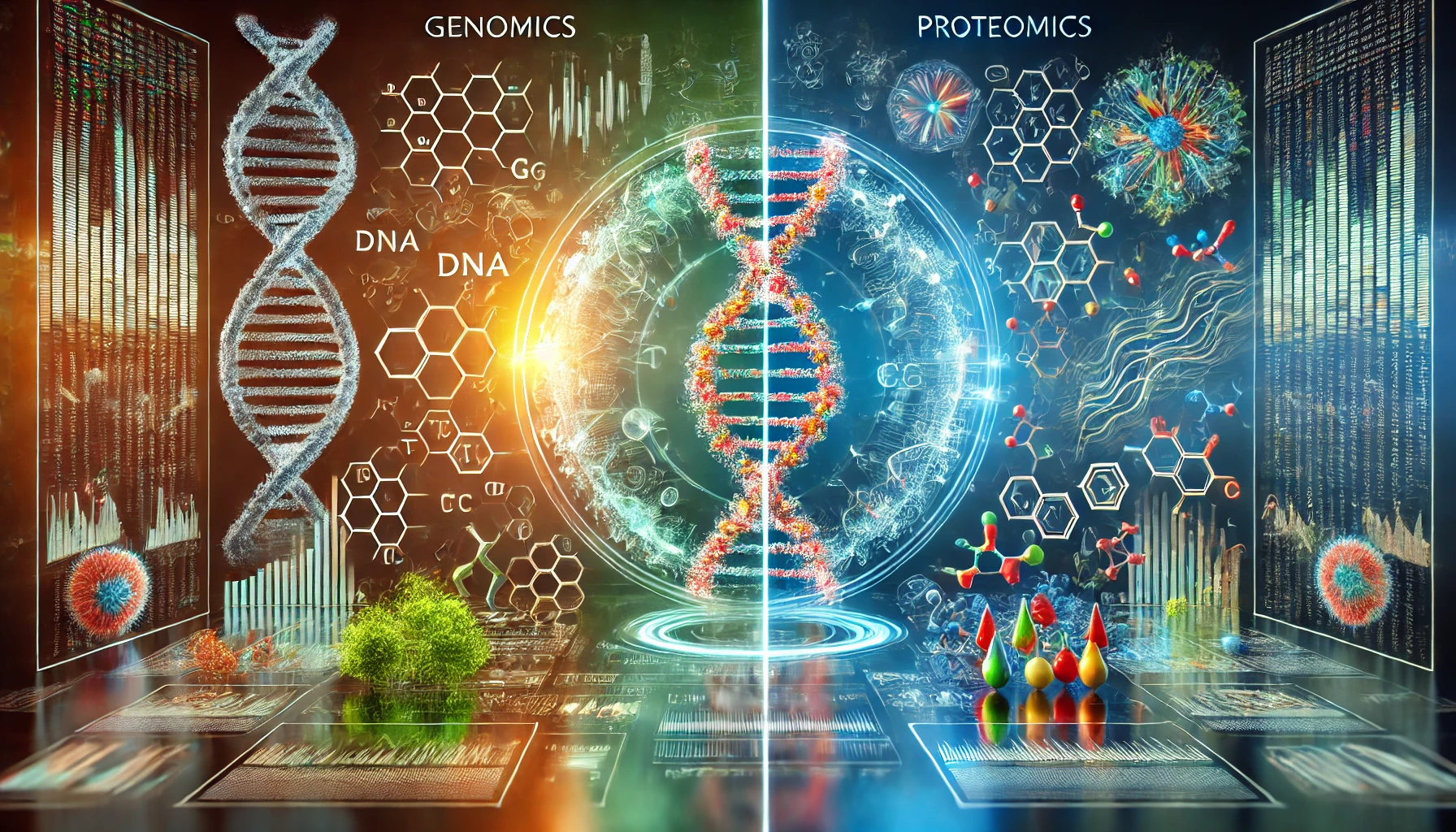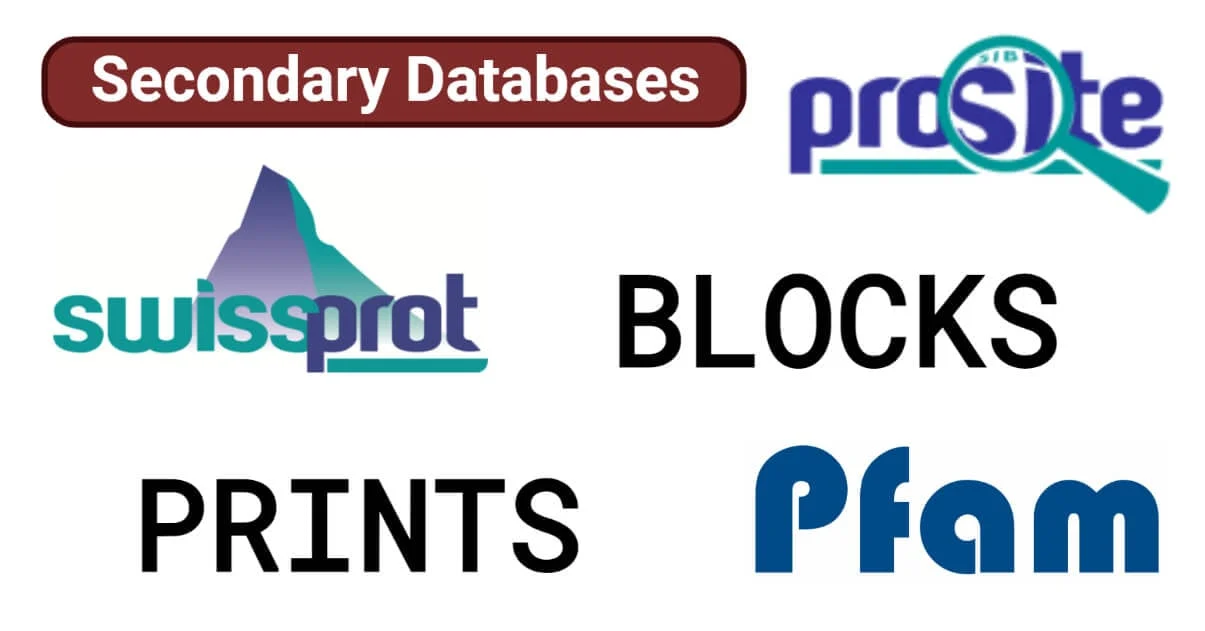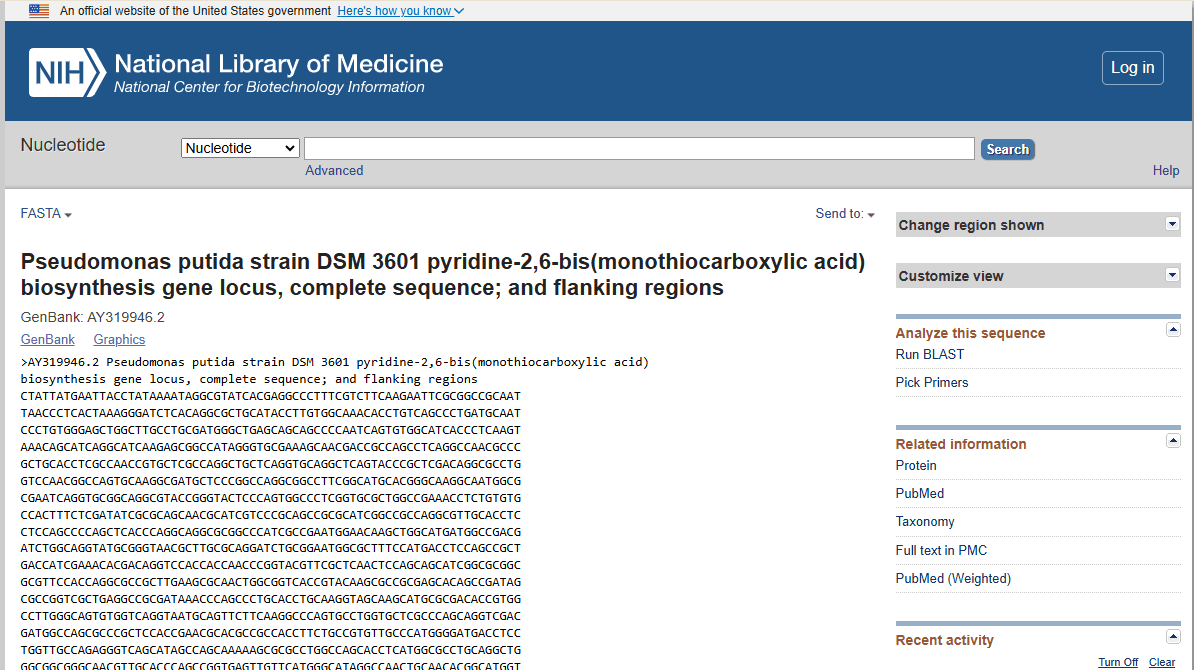Bioinformatics
Genomics vs. Proteomics: Definition, Concepts, Applications and Major Differences
Genomics and proteomics are two critical fields in molecular biology that focus on understanding the structure, function, and interactions of genetic material and proteins within living organisms. Both areas of study have revolutionized ... Read more
Secondary Databases- Definition, Types, Examples, Uses
In bioinformatics, secondary databases play a crucial role in organizing and storing the vast amounts of data generated through various biological research processes. These databases are categorized into primary and secondary databases, each ... Read more
Computer-Aided Drug Design (CADD): Revolutionizing Pharmaceutical Discovery
Computer-Aided Drug Design (CADD) has transformed the pharmaceutical industry by integrating computational methods into the drug discovery process. This approach enhances the efficiency, selectivity, and efficacy of drug development, significantly reducing time and ... Read more
FASTA- Definition, Programs, Working, Steps, Uses
FASTA (Fast-All) is a pioneering sequence alignment tool developed by David J. Lipman and William R. Pearson in 1985. It enables the comparison of nucleotide or protein sequences against existing databases to identify ... Read more
Bioinformatics Databases, Software, and Tools with Uses
Bioinformatics is a multidisciplinary field that integrates biology, computer science, and data analysis to extract meaningful insights from biological data. Essential components of bioinformatics include databases, software, and tools designed to handle, analyze, ... Read more
Primary Databases: Definition, Types, Examples, and Uses in Bioinformatics
Primary databases play a crucial role in bioinformatics, serving as foundational repositories for raw, experimental data. These databases are indispensable for researchers in molecular biology, genetics, and computational biology, enabling them to access ... Read more
Python for Bioinformatics: Tools, Applications, Examples
Python has emerged as a leading programming language in the field of bioinformatics due to its simplicity, extensive libraries, and versatility. Its wide array of tools and applications makes it ideal for researchers ... Read more











